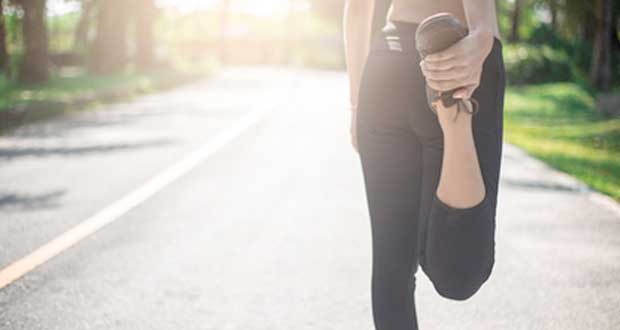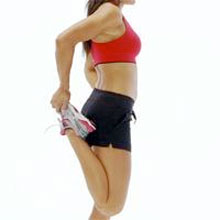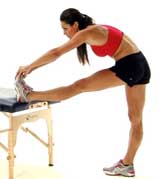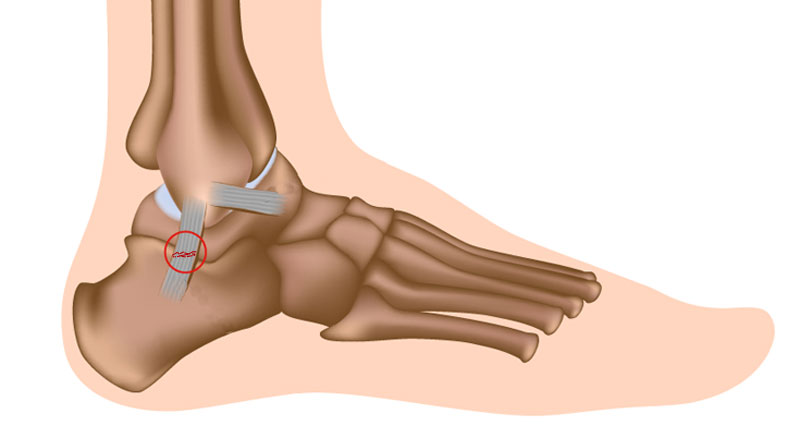
It is important to warm up prior to exercise and cool down after. The main two reasons for this are to improve performance and to decrease the risk of injury. Good warm-up exercises will increase the temperature of muscles which work better at a temperature of 40 degrees. Cooling down after exercise is important to help muscles recover and avoid injury.
Blood flow and oxygen to muscles will be increased as will the speed of nerve impulses, making you faster. There will also be an increased range of motion at joints reducing the risk of tearing muscles and ligaments.
A warm-up should consist of:

The warm-up should last between 15 and 30 minutes. Do not warm up too early. The benefits are lost after about 30 minutes of inactivity. Every coach and athlete will have their own method of warming up but basic elements should be included:
- A pulse raiser circulates blood and oxygen supplying the muscles with more energy to work with.
- Stretching to increase the range of motion at joints.
- Sports-specific exercises and drills to prepare for the specific demands of the sport.
Pulse raiser
The pulse raiser is the first part of a warm-up and can be any activity that can be used to gradually increase the heart rate. Jogging is a good example because it requires no equipment at all and can begin at a very slow speed and gradually increase. Other good choices are cycling and skipping. Do bear in mind that it is always a good idea to perform a warm-up that is most similar in terms of movement patterns to the sport you are preparing for.
Stretching

Warm-up stretches are an important part of any warm-up programme. They should be performed after the pulse raiser as by then the muscles are warmer and so more elastic, reducing the likelihood of injury.
There is debate surrounding the best method of stretching, but the general consensus now is that dynamic stretching (sometimes called active stretching) is most appropriate. This involves moving the muscle through its range, gradually increasing this each time in order to stretch the muscle. There are many exercises that can be used to stretch all of the muscle groups and again these can be sports-specific. Click the pictures on the right for some dynamic stretching examples.
Static stretches can also be used in order to stretch specific problem muscles. This is a very personal thing and may be dictated by past or current injuries and again the sport in question. Static stretches should be performed after dynamic ones as the muscle should be thoroughly warm by now!
Take the muscle to the point when you can feel a stretching sensation in the muscle belly. Hold this position for 20-30 seconds. If the stretching sensation fades in this time, move a little further into the stretch until you can feel it again. After 20-30 seconds, relax the muscle and then repeat, trying to move the joint further into its range. Again hold for 20-30 seconds.
Common areas of tightness in most sports players include the calf muscles (stretch gastrocnemius/stretch soleus), hamstrings (standing stretch/sitting stretch), quads (standing stretch/laying stretch), and groin (long adductors/short adductors).
See stretching exercises for specific stretches.
Sports specific drills
It is important to rehearse common movement patterns and skills which will be used in the match/competition. This will not only help to improve performance by ensuring the muscles are prepared for the task at hand, but will also help to improve coordination, reaction times, and accuracy.
Examples of sports-specific exercises include:
- Dribbling drills (soccer/hockey etc)
- Passing drills (soccer/hockey/netball/basketball)
- Shooting drills (soccer/hockey/netball/basketball)
- Cutting manoeuvers (All team sports)
- Hitting practice (cricket/tennis/baseball etc)
- Throwing drills (netball/basketball/cricket/baseball)
- Serve/bowling practice (tennis/cricket/baseball)
Cooling down
The benefits of a cool-down are also often overlooked in favour of a drink in the bar, but cool-down exercises can help avoid injuries and boost performance. The aim of the cooldown is to:
- Gradually lower heart rate.
- Circulate blood and oxygen to muscles, restoring them to the condition they were in before exercise.
- Reduce the risk of blood pooling by maintaining muscle action and heart rate to pump blood back to the heart.
- Remove waste products such as lactic acid.
- Reduce the risk of muscle soreness.
The cooldown should consist of a gentle jog, decreasing in speed down to a walk followed by light static stretching. Remember to stretch all muscle groups used in the sport. Upper body muscles especially are often forgotten in sports such as football, soccer, and rugby.
Sports massage
Sports massage can be used as part of either a warm-up or a cool-down. During a warm-up, a short massage can help to warm and stretch the muscles and get the blood pumping, ready for exercise. It can also help to prepare you mentally.
A post-exercise massage helps to remove waste products such as lactic acid which builds up during exercise and prevents blood pooling. It will also help stretch the muscles and return them to their pre-exercise state!







